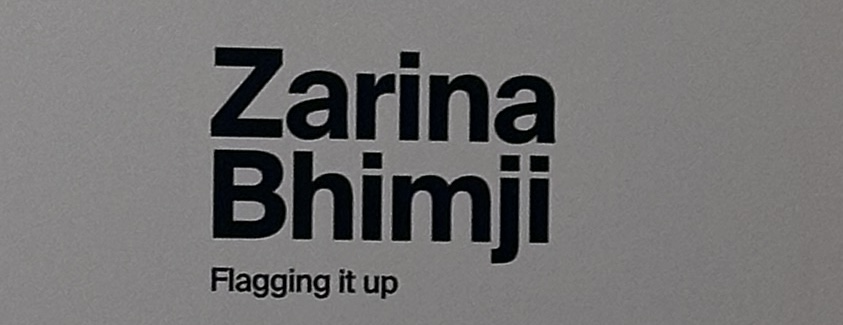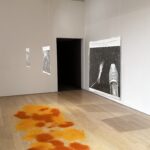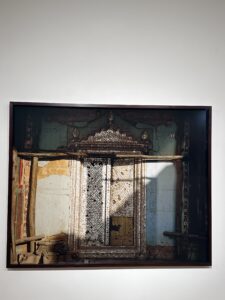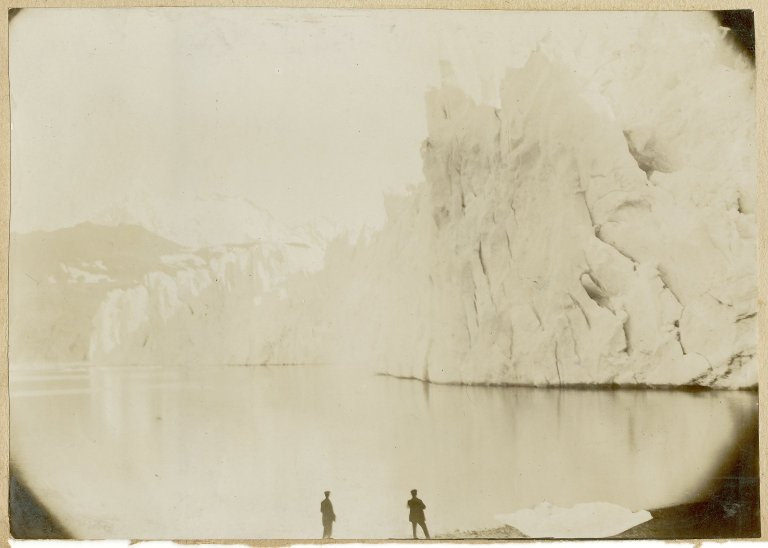Platforms & Organisations
Independent Research Based on the lecture:
In Terry Smith’s paper Mapping the Contexts of Contemporary Curating: the Visual Arts Exhibitionary Complex, we gain deep theoretical insight into contemporary curatorial practice and the Visual Arts Exhibitionary Complex (VAEC). Smith argues that the VAEC, which includes diverse exhibition venues ranging from large museums to temporary installations and web postings, demonstrates how curatorial practice can transcend its traditional boundaries (Smith, 2017). By systematically mapping the evolution of the VAEC, Smith reveals a complex interweaving of historical developments, power hierarchies, and internal dynamics, offering new perspectives for understanding the role of the contemporary curator. At the same time, we researched different organizations, giving me a grounded understanding of how organizations operate with each other.
About individual curatorial project:
For my independent research, I looked at another of Smith’s articles Thinking Contemporary Curating, where the curatorial landscape is changing in the context of contemporary art, with less obvious but increasingly concerning issues including rethinking audience identities, engaging the audience as co-curators, and the challenges of curatorial contemporaneity itself (Smith. 2012). At the same time, research has shown that there is now a growing interest in the history of exhibitions, how their appreciation changes over time, and remembering their original context (Leonardi, 2021). The participatory paradigm consolidates the museum’s position as a tool for social progress (Robinson, 2020). It follows that audience participation is a very important branch of contemporary art curation, regardless of the size of the pavilion.Therefore, in my personal curatorial projects, improving the audience’s participation is one of my curatorial interests.
Case study:
I think the CCA provides a good direction for research in this direction, demonstrating how these theoretical challenges can be addressed in practice. The CCA, as a multi-functional cultural facility, is not only a venue for art exhibitions but also a platform for community events and creative exchanges. This diversity and openness reflect the importance of the VAEC in contemporary curatorial practice and how curators can adapt to the needs of diverse public and changing forms of artistic expression. The case of CCA Glasgow emphasizes the importance of community and participation in contemporary curation. By working with the local community and artists, CCA creates an environment that is both an exhibition space and a public forum, a model that provides useful insights into how social engagement and dialogue can be fostered through art.
References:
CCA Glasgow. (2024). What We Do.Available at:https://www.cca-glasgow.com/about/what-we-do (Accessed at March 10, 2024)
Leonardi, F. (2021) Curating the context: re-enacting and reconstructing exhibitions as ways of studying the past. Museum management and curatorship (1990). [Online] 36 (2), 172–188.
Robinson, H. (2020) Curating good participants? Audiences, democracy and authority in the contemporary museum. Museum management and curatorship (1990). [Online] 35 (5), 470–487.
Smith, T. (Terry E. ) (2012) Thinking contemporary curating / Terry Smith. New York: Independent Curators International.
Smith, T. (2017) Mapping the Contexts of Contemporary Curating: The Visual Arts Exhibitionary Complex. Journal of curatorial studies. [Online] 6 (2), 170–180.




